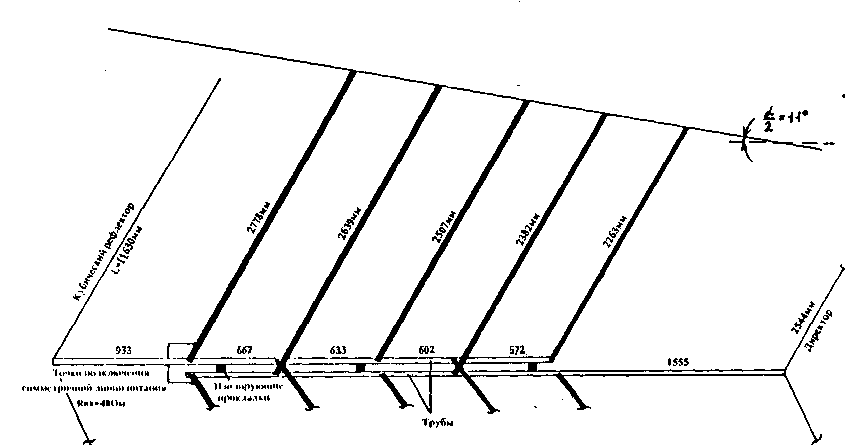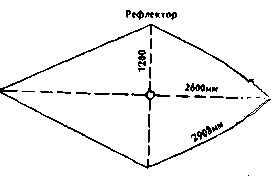While in Genoa, I met Gianni (5N0EIB) who works in the Nigerian capital. In a private conversation Gianni told me the following amusing story.
Working for one of the positions in known oil producing company, Gianni always been interested in Amateur radio. Like all beginners, he had no equipment, but a desire to work in the air was overwhelming. Making regular report to management of the company, Gianni saw a special item of the form where you were asked to give their views on improving the operations of the branch office in Nigeria. Here Gianni and felt that the idea matured. He indicated in the questionnaire that required for recreation weather forecasts are not regular, and that colleagues are not able to obtain reliable information on time. Remembering his dream, he made a list of the equipment required its branch organization for Amateur radio network receiving weather reports. It included: two IC-731, a couple of TS-940 for stock, 6 army automatically negotiated 4 kW power amplifiers (2 kW output in AM!), 1000 meters of coaxial cable, a pair of telescopic masts and other stuff. Imagine the surprise of staff and work colleagues when the next flight across the Atlantic in the name of Gianni were delivered several large-size containers. Yes, in America initiative was encouraged, and the company took care of the welfare of its employees in a hot Nigeria.
After a few months in those places already sounded 3 Amateur callsigns. Gianni was fascinated by radio one staff member in the service connection, as well as a helicopter pilot. Soon, Gianni decided to be daring in design of antennas. having a lot of programs for the IBM-PC on the calculation of the antennas he created an optimized version of semielemental automatic process active antenna 28 MHi with diamond reflector elements and forms of "fish bone".
Drawing the halves of the antenna (it is symmetric and the second half is not shown) is shown in Fig. 1. The antenna consists of a cubic reflector, five active elements and the Director. The cubic design of the reflector shown in Fig. 2. It is experimentally verified that this antenna has more gain than the in-phase array consisted of two five-wave channels, spaced vertically.

Fig. 1

Fig. 2
Author: N. Zhukovsky (U5UA), Kyiv; Publication: www.cxem.net






